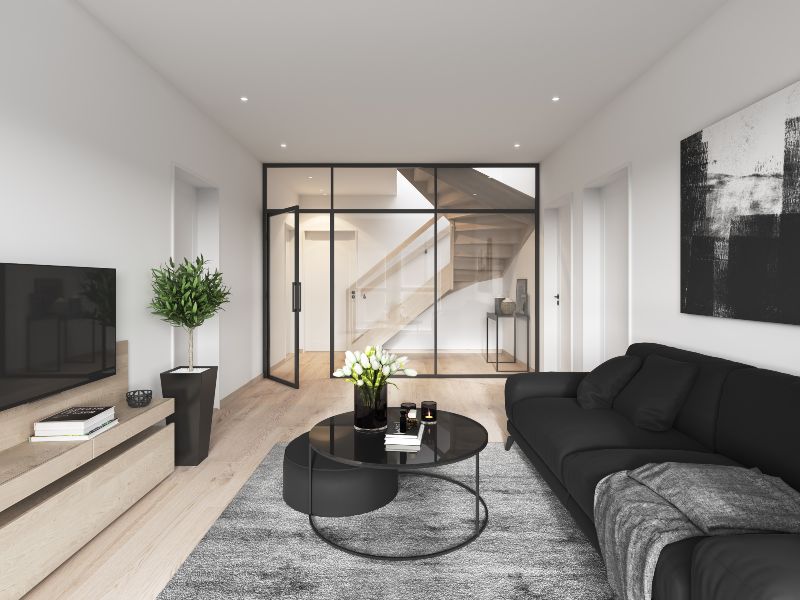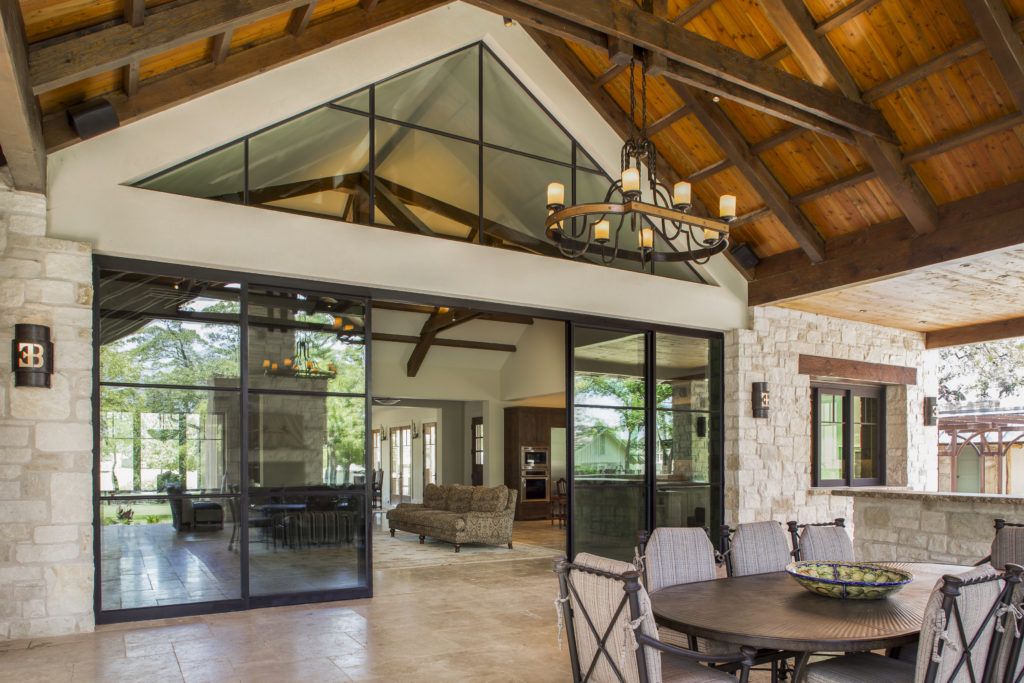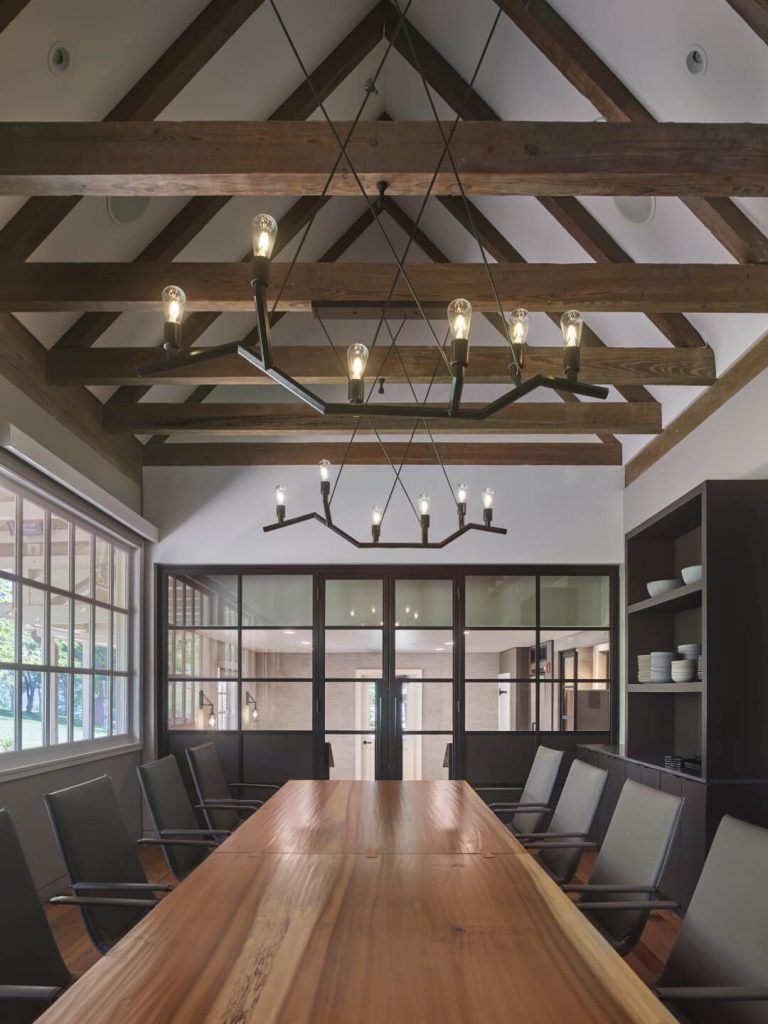How Thick Are Glass Walls?
Glass walls have become a staple in modern architecture, offering a blend of transparency and sophistication. They flood spaces with natural light, create an illusion of openness, and seamlessly connect indoor and outdoor areas. However, selecting the right thickness for these glass walls is crucial for aesthetic and functional reasons.
The thickness of glass walls isn't just about looks; it's a key factor in ensuring safety and structural integrity. For sectors prioritizing confidentiality, like law firms and financial institutions, thicker glass provides better sound insulation. Media and recording studios also benefit from enhanced acoustic performance. On the other hand, environments that value aesthetics might opt for different thicknesses to achieve a sleek, modern look. Understanding the importance of glass wall thickness can help you make informed decisions tailored to your needs.
Overview of Glass Wall Thickness
Choosing the right glass wall thickness is crucial for balancing beauty, safety, and structural integrity. Different applications require different thicknesses to meet specific needs.
Importance in Modern Architecture
In modern architecture, glass walls offer many benefits. They provide abundant natural light, foster open spaces, and create a seamless connection between indoors and outdoors. The right thickness enhances these benefits by ensuring the glass can handle various stresses, such as wind loads and thermal expansion. Skimping on thickness risks compromising the wall's safety and longevity.
Common Thickness Measurements
Glass wall thickness varies based on the application. Residential homes typically use glass ranging from 10mm to 12mm for interior partitions. Offices often choose 10mm clear toughened glass for its visual separation and soundproofing blend. The thickness could be higher for areas exposed to higher impact or load, such as external windows. Architects and designers consider these factors, optimizing glass thickness to suit each specific use case and ensuring window glass thickness meets all safety standards.
Types of Glass Used in Walls
Glass walls vary in thickness and type, tailored to meet diverse architectural needs. Choosing the right glass type impacts safety, aesthetics, and energy efficiency.
Tempered Glass
Tempered glass undergoes heat treatment to increase strength, making it highly impact-resistant. Due to its durability, this type of glass is ideal for areas prone to heavy use and potential impacts, such as mall entrances. When broken, tempered glass shatters into small, less harmful pieces, enhancing safety. It's available in various thicknesses, typically 6mm to 12mm, based on the application's requirements.
Laminated Glass
Laminated glass consists of multiple glass layers bonded with an interlayer. This construction enhances security and safety by keeping the glass intact even when broken. Laminated glass is often used in high-traffic areas like children's play zones and office partitions. It reduces noise transmission and improves sound insulation. Common thicknesses include 7mm to 14mm, providing flexibility depending on the desired safety and acoustic properties.
Tinted and Coated Glass
Tinted and coated glass offers both aesthetic appeal and functional benefits. Tinted glass reduces glare and solar heat gain, making it suitable for sunny locations. Coated glass, such as low-emissivity (Low-E) coatings, enhances energy efficiency by minimizing heat transfer. These glass types can be used in windows and exterior walls to balance style and performance. The typical thickness ranges from 6mm to 12mm, ensuring the glass meets a project's specific design and energy efficiency goals.
Beyond Traditional Glass: Smart Glass
The world of glass walls is constantly evolving. Smart glass offers exciting possibilities for modern architecture. Smart glass can change its transparency or other properties electronically, allowing for dynamic control over light, heat, and privacy. While currently more expensive than traditional glass, smart glass is changing the game. Imagine walls that adjust to sunlight or become opaque at will!
Understanding the different glass types and their applications allows one to choose the best option tailored to their specific architectural needs.

Factors Influencing Glass Wall Thickness
Architects and designers consider several factors when determining the proper glass wall thickness. These include safety, durability, insulation needs, and aesthetics.
Safety and Durability Requirements
Thicker glass provides better resistance to breakage and shattering. Taller and larger glass panels must be thicker to handle increased wind loads and structural stresses. Areas with high wind speeds or seismic activity require thicker glass to stabilize and prevent damage. Safety regulations often dictate the minimum thickness necessary to ensure the structural integrity of glass walls.
Acoustic and Thermal Insulation Needs
Glass thickness affects both soundproofing and thermal insulation. Thicker glass reduces noise transmission, creating a quieter indoor environment. This is essential for buildings in noisy urban areas. In terms of thermal insulation, thicker glass helps maintain comfortable indoor temperatures, reducing energy costs. By acting as a barrier against outdoor temperature fluctuations, it contributes to energy efficiency.
Aesthetic and Design Considerations
The design intent and aesthetic goals heavily influence the selection of glass thickness. Thicker glass allows for larger, uninterrupted designs, adding to the visual appeal of a space. Architects balance aesthetics with safety standards to create visually appealing yet structurally sound installations. The choice of glass, be it tinted, laminated, or coated, also impacts the overall look and functionality, integrating seamlessly with the building's design.

Standards and Regulations for Glass Walls
Standards and regulations ensure glass walls in buildings are safe and meet specified performance requirements. These standards cover various aspects, including glass type and thickness.
Building Codes Impact
Building codes set the framework for glass wall installations. Each jurisdiction has specific codes outlining requirements for glass thickness and safety measures. These codes ensure all glass walls can handle expected loads and stresses, providing safety for occupants. For instance, thinner glass might suffice in low-traffic areas, but public spaces often require thicker, more durable glass.
Compliance With Safety Standards
Safety standards and testing procedures govern glass wall manufacturing and installation. Compliance with these standards ensures glass walls meet all relevant safety guidelines. Regulations often specify minimum thickness, safety glazing, and load-bearing capacities. For instance, impact-resistant glass is required in certain applications to prevent injury from breakage. Following these guidelines not only ensures safety but also aids in obtaining necessary permits and approvals.
By adhering to building codes and safety regulations, architects and builders can create beautiful, safe, and functional glass wall installations that satisfy aesthetic and structural requirements.
Conclusion
Selecting the right thickness and type of glass for walls is crucial in modern architecture. It ensures safety, aesthetics, and functionality while meeting various needs like impact resistance and energy efficiency. Thicker glass enhances safety and structural durability and contributes to soundproofing and thermal insulation. Adhering to standards and building codes is essential for the safety and performance of glass walls. Following these guidelines, architects and builders can create stunning, safe, and functional glass wall installations that meet aesthetic and structural requirements.


